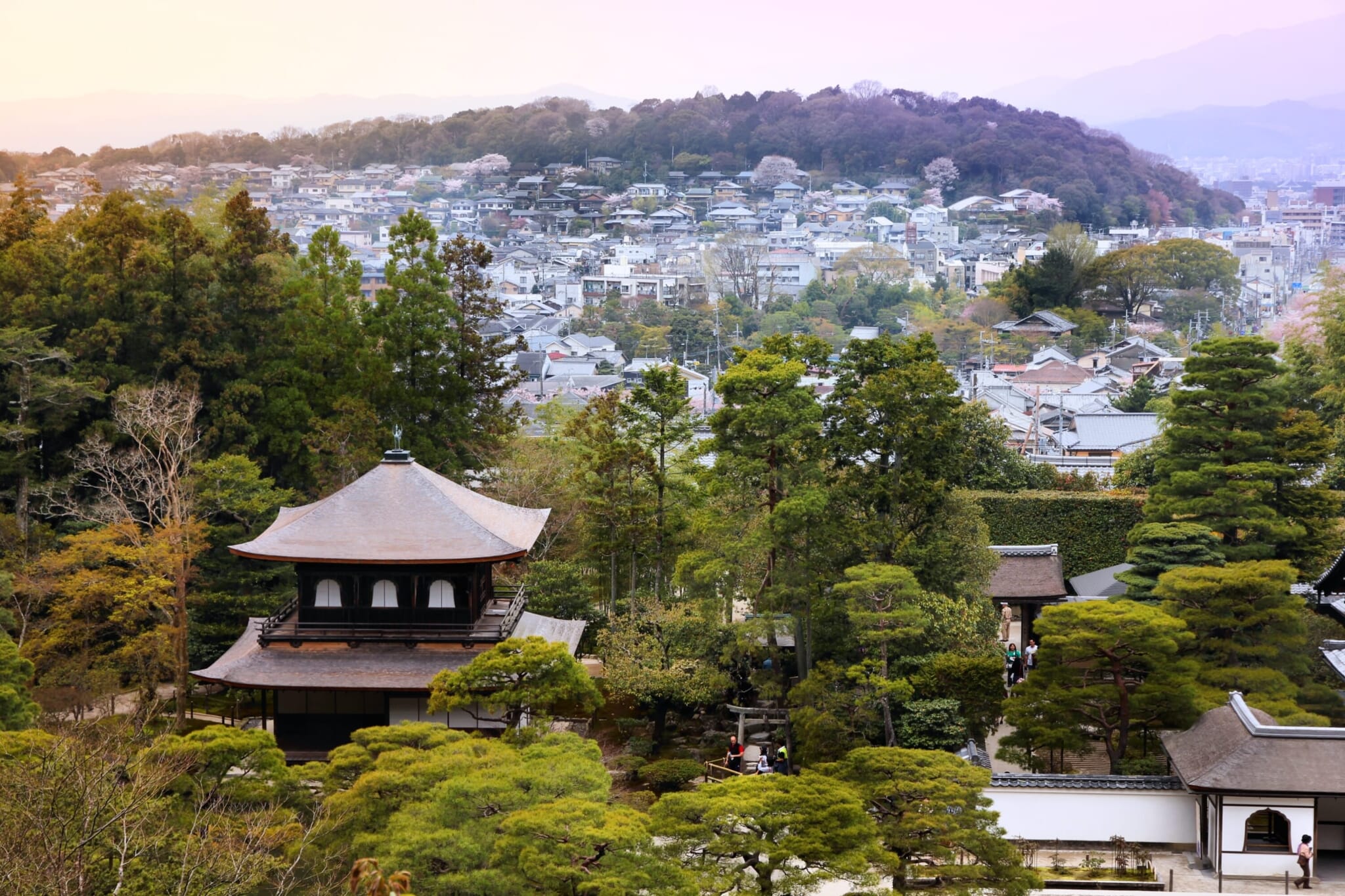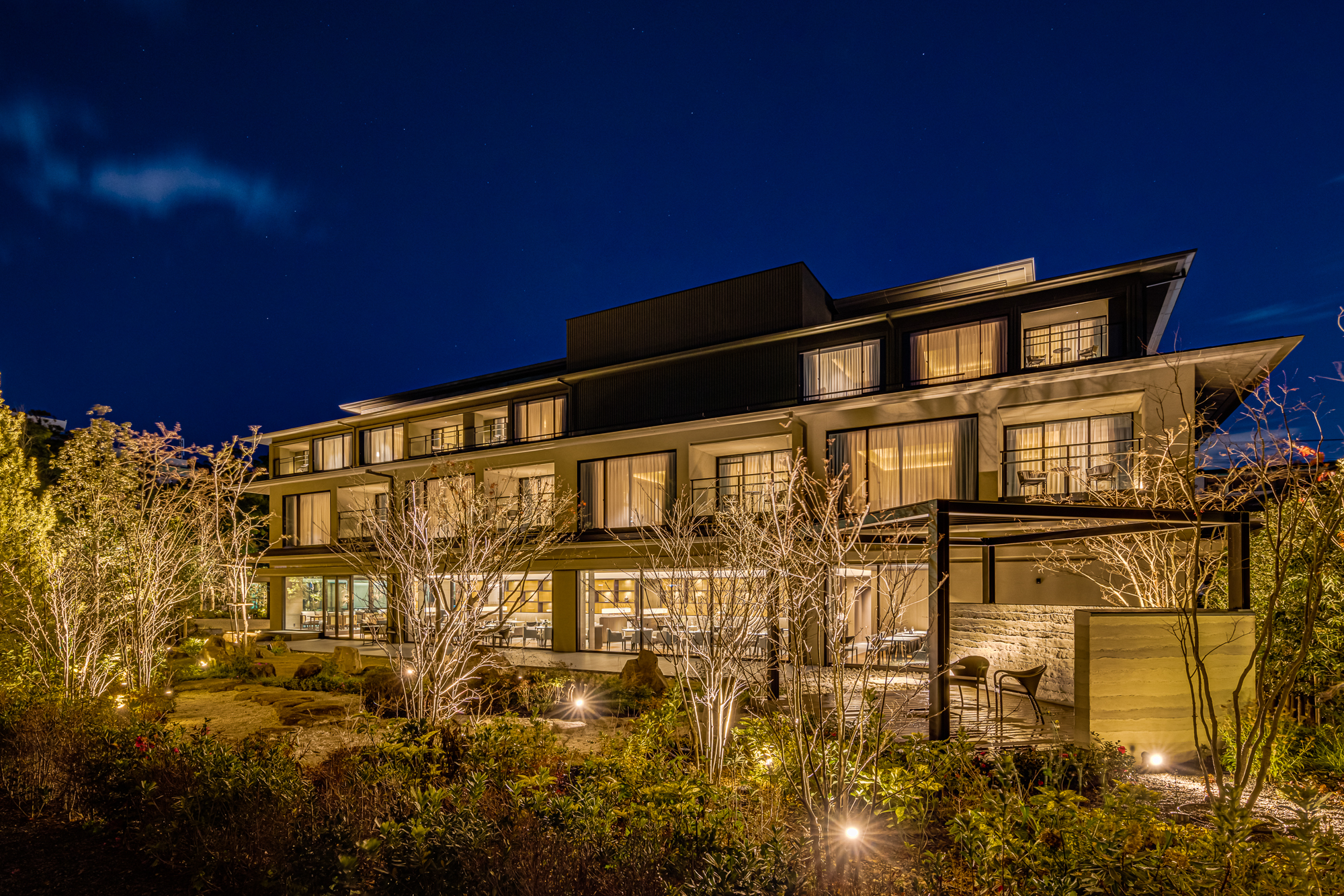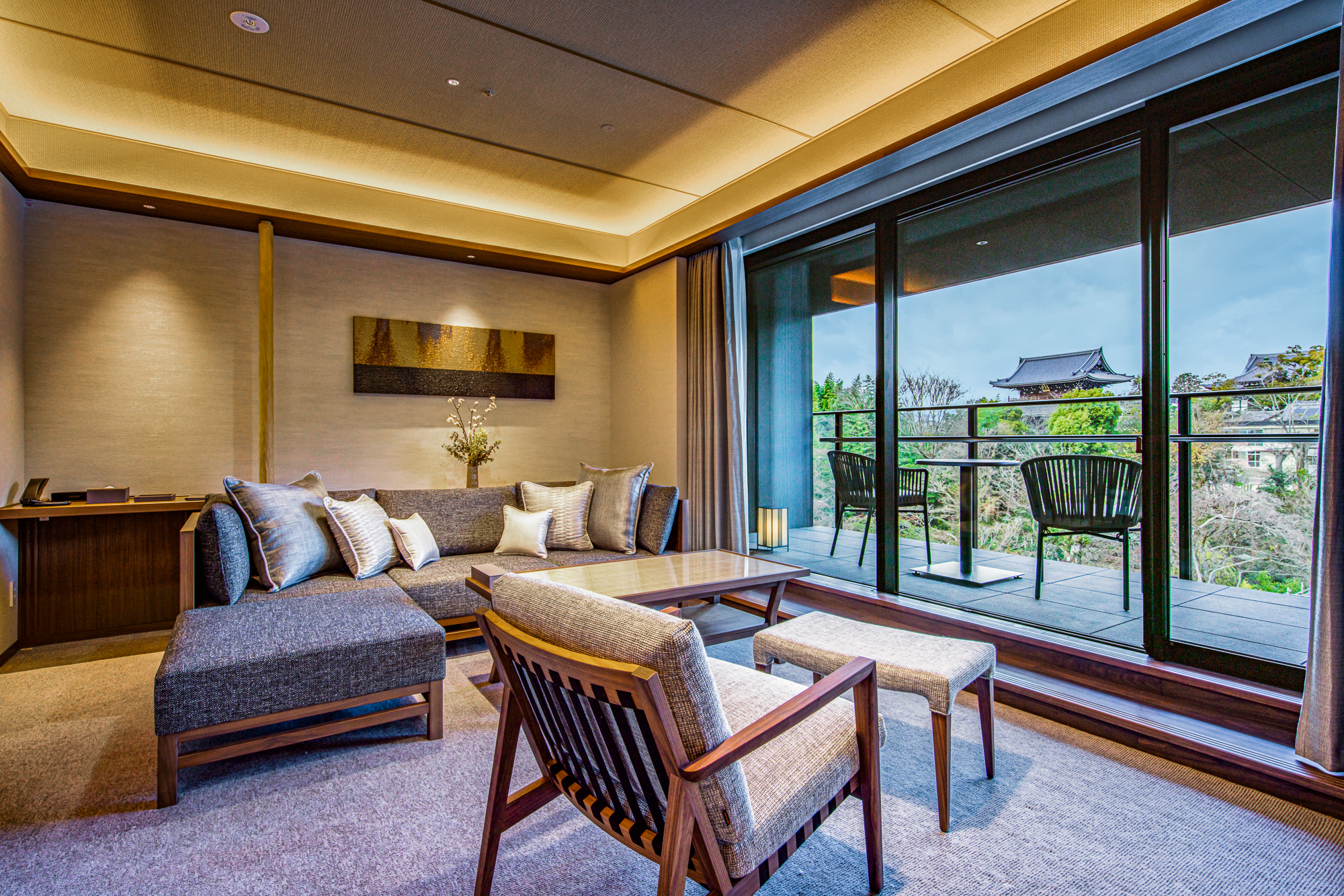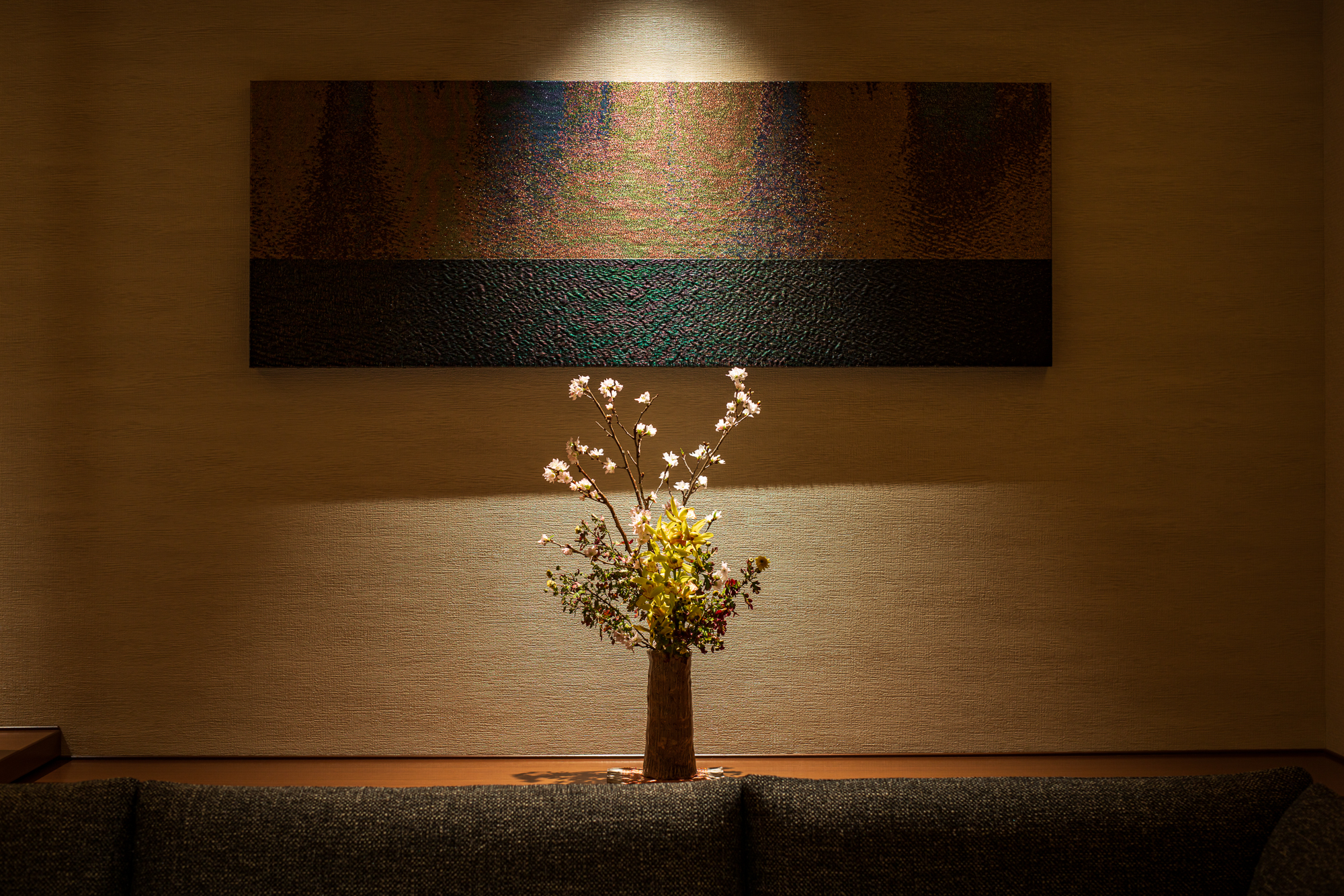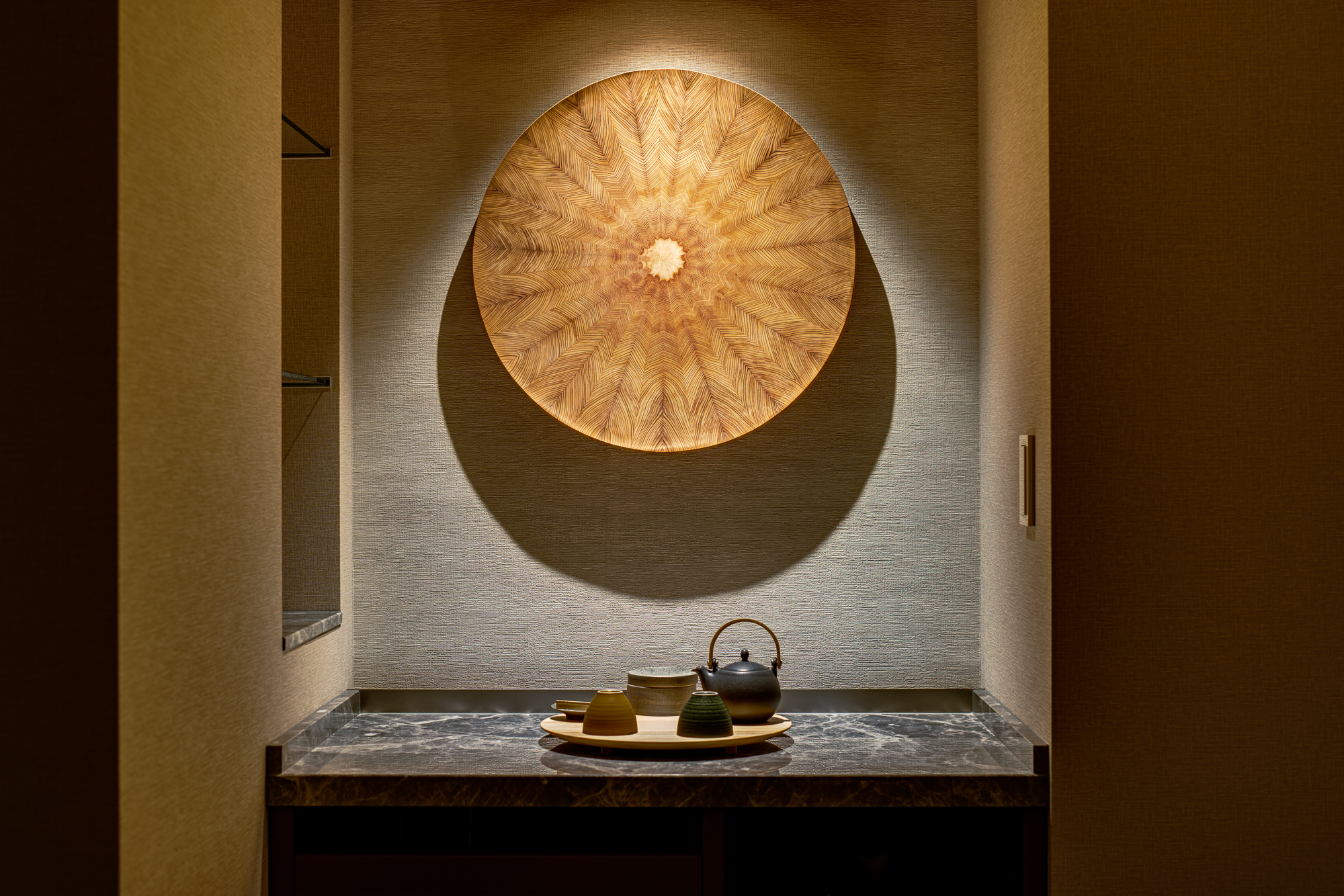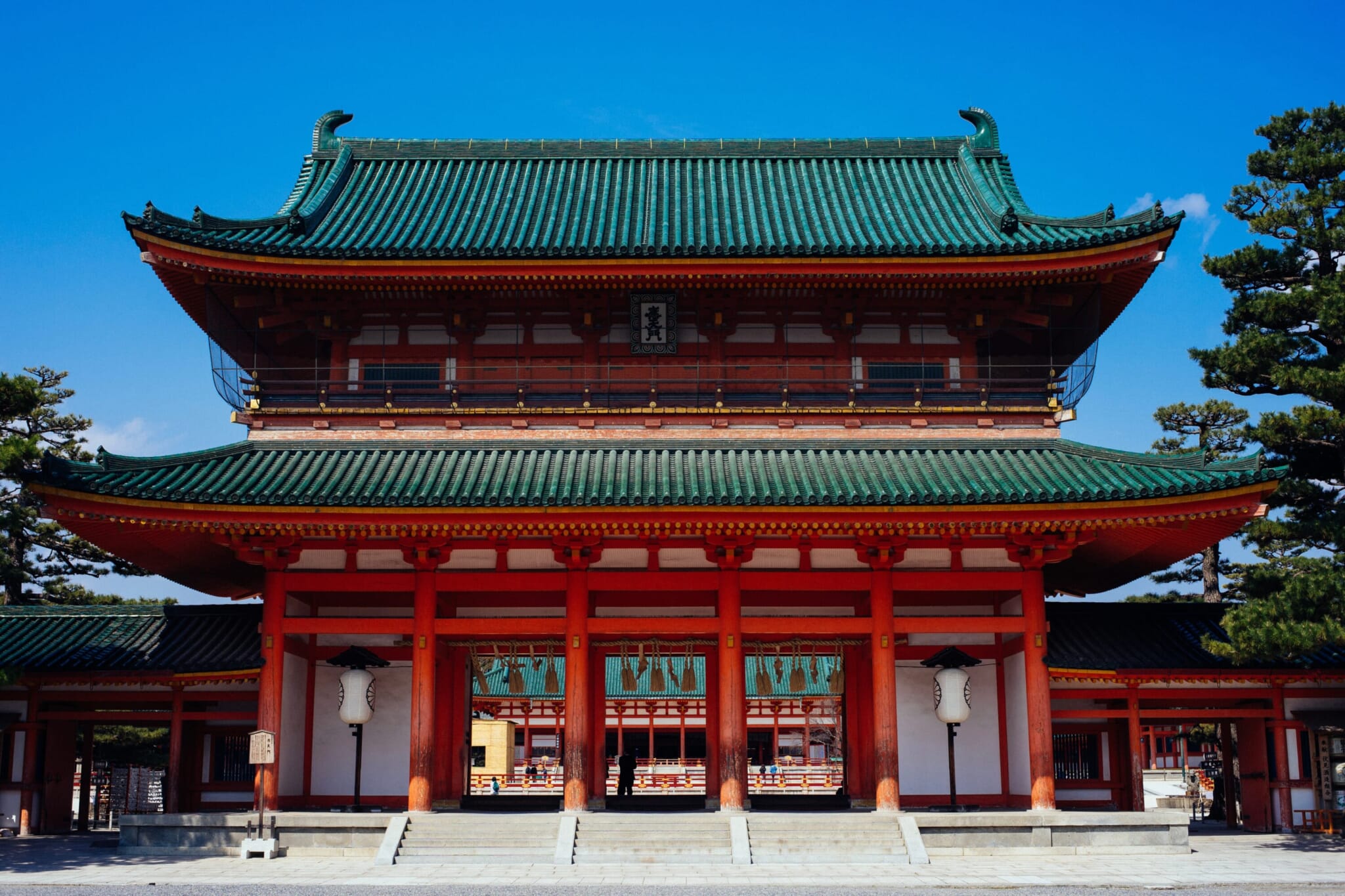
Tranquility in Kyoto: Konkai-Komyoji
Konkai-Komyoji, sometimes referred to as Kurodani Temple, is a lesser-known spot conveniently located at the top of Kyoto’s Philosopher’s Path. Established in the early 1100s, the religious site is one of the eight head temples of the Buddhist Jodo sect.
When to Visit Konkai-Komyoji
The best time to visit Konkai-Komyoji is in the fall when it hosts its beloved illuminations that light up its two gardens. This said the temple makes the most of its wide variety of flowers, from plum blossom to hydrangea, making it a lively site no matter the time of year. Its off-the-beaten-path status ensures Konkai-Komyoji is peaceful and quiet, even during peak tourist season.
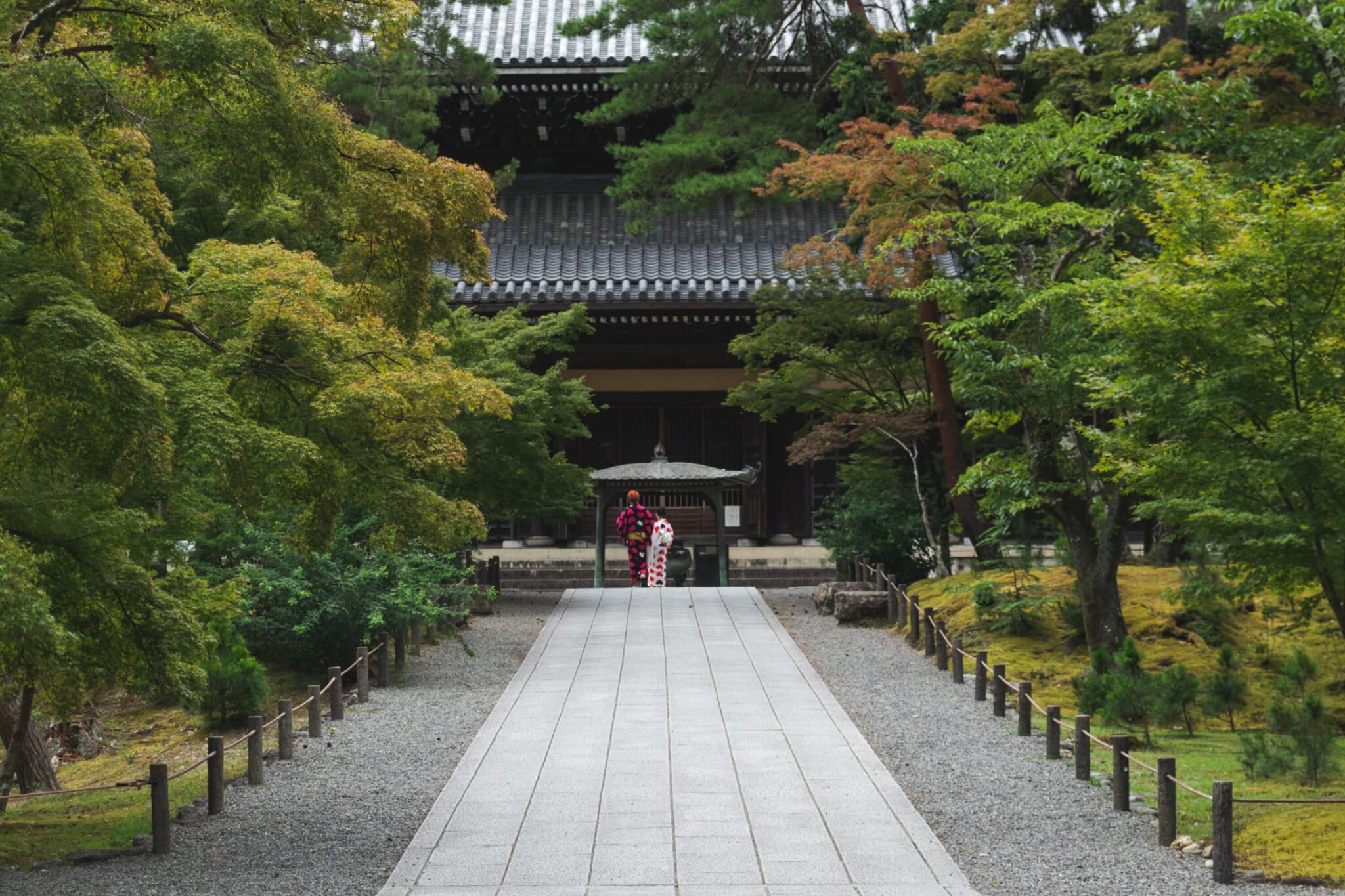
Photo by Rémi Bertogliati on Unsplash
Expansive Zen Gardens: Nanzen-ji Temple
You may recognize this Kyoto temple from the controversial Sofia Coppola movie, Lost in Translation. Located at the foot of Mount Higashiyama, Nanzen-ji is known for its gorgeous Zen garden as well as its 22-meter-high gates. What’s more, the area around the temple is famous for its Nanzen-ji tofu, which you should sample during your trip. We recommend booking a table at nearby Junsei.
When to Visit Nanzen-ji Temple
Making the most of Nanzen-ji is really up to personal preference, as each season brings something new. The temple’s Zen garden is beautiful year-round, but some pops of color do appear in the fall around November and in spring toward the end of March. In winter, it’s covered with a white blanket of snow, and in summer, visitors can see (and catch) fireflies.
Step Into History: Heian Shrine
The Heian Shrine is a Shinto site built in 1895. The Shinto shrine is a small replica of the Heian Palace once located in Kyoto when the city was Japan’s capital. Located only a 10-minute walk from Hotel Okura Kyoto Okazaki Bettei, Heian Shrine is instantly recognizable by its 24-meter red torii gate. Its grandeur and sheer expanse make it a breathtaking experience. Head here firs thing in the morning to avoid crowds.
The Heian Shrine is one of the most important cultural sites for Kyoto residents and is an homage to the city’s grand past. Just over 50 years ago, the shrine was severely damaged, but it quickly raised money from donations to rebuild.
When To Visit Heian Shrine
For those who might be late but fancy doing some cherry blossom viewing, Heian Shrine is the place. In the shrine’s gardens, overlooking its pond are weeping cherry trees that bloom later than other varieties, around mid-April. For culture vultures, the Heian Shrine holds its annual Noh events in November, where actors perform in areas illuminated by flaming torches.
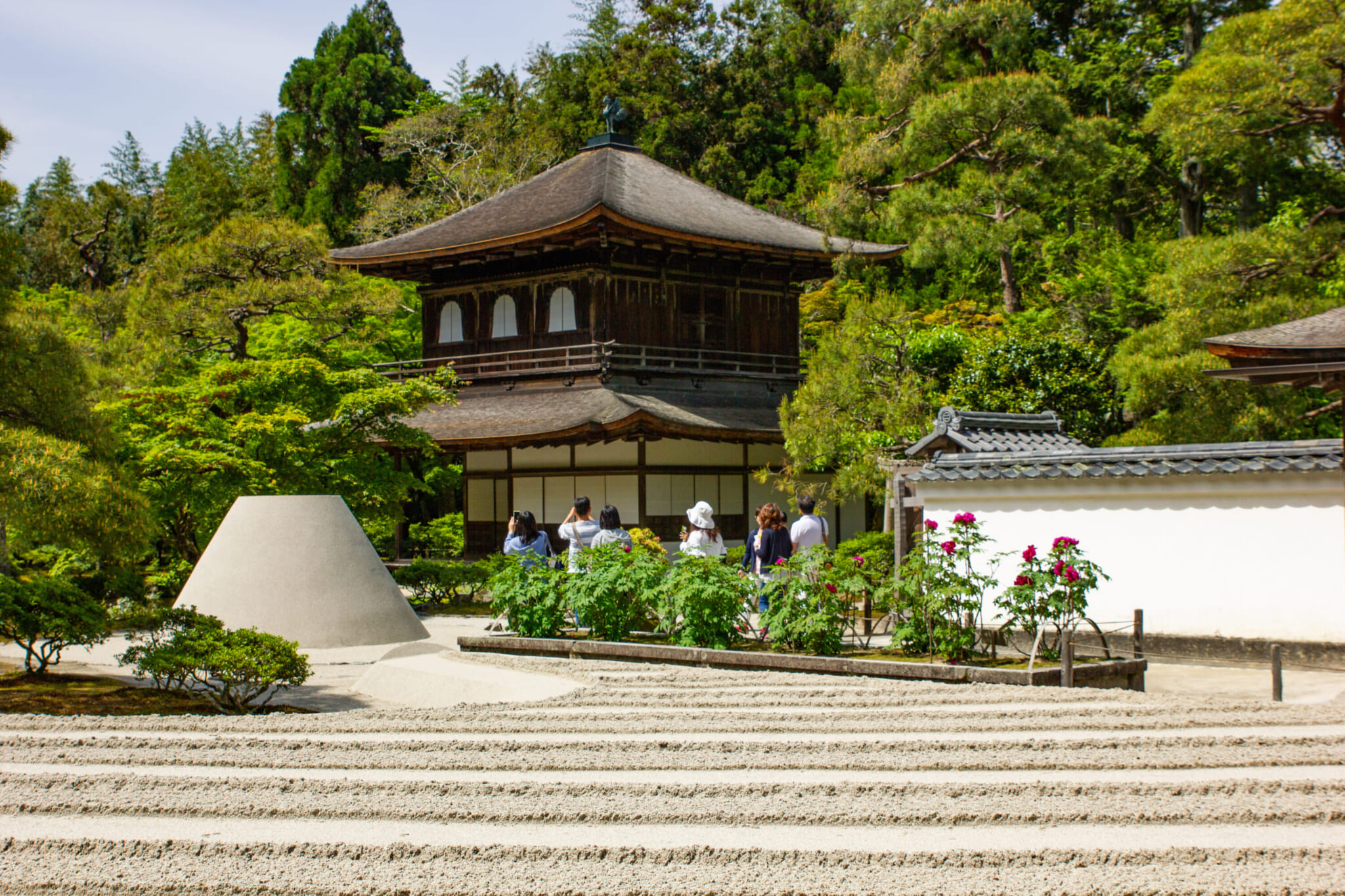
On the Mountainside: Higashiyama Jisho-ji (Ginkaku-ji)
Higashiyama Jisho-ji is an old villa that was converted into a temple in the 16th century. The temple goes by many names, including Ginkaku-ji, or the Silver Pavilion in English. But don’t worry, it’s the same temple.
A smaller, peaceful site, one can take their time wandering around its grounds, and it can be easily slotted in during any temple walk. One unique feature of Higashiyama Jisho-ji is its dry sand garden, where piles of white sand are shaped into cones with flattened tops.
When To Visit Higashiyama Jisho-ji (Ginkaku-ji)
Like the above-mentioned Nanzen-ji, Ginkaku-ji’s gardens are beautiful year-round. The temple is perhaps best loved for its lush moss garden. In the fall, visitors are treated with changing leaves, and in spring, with blossom cherry trees of various hues of pink.
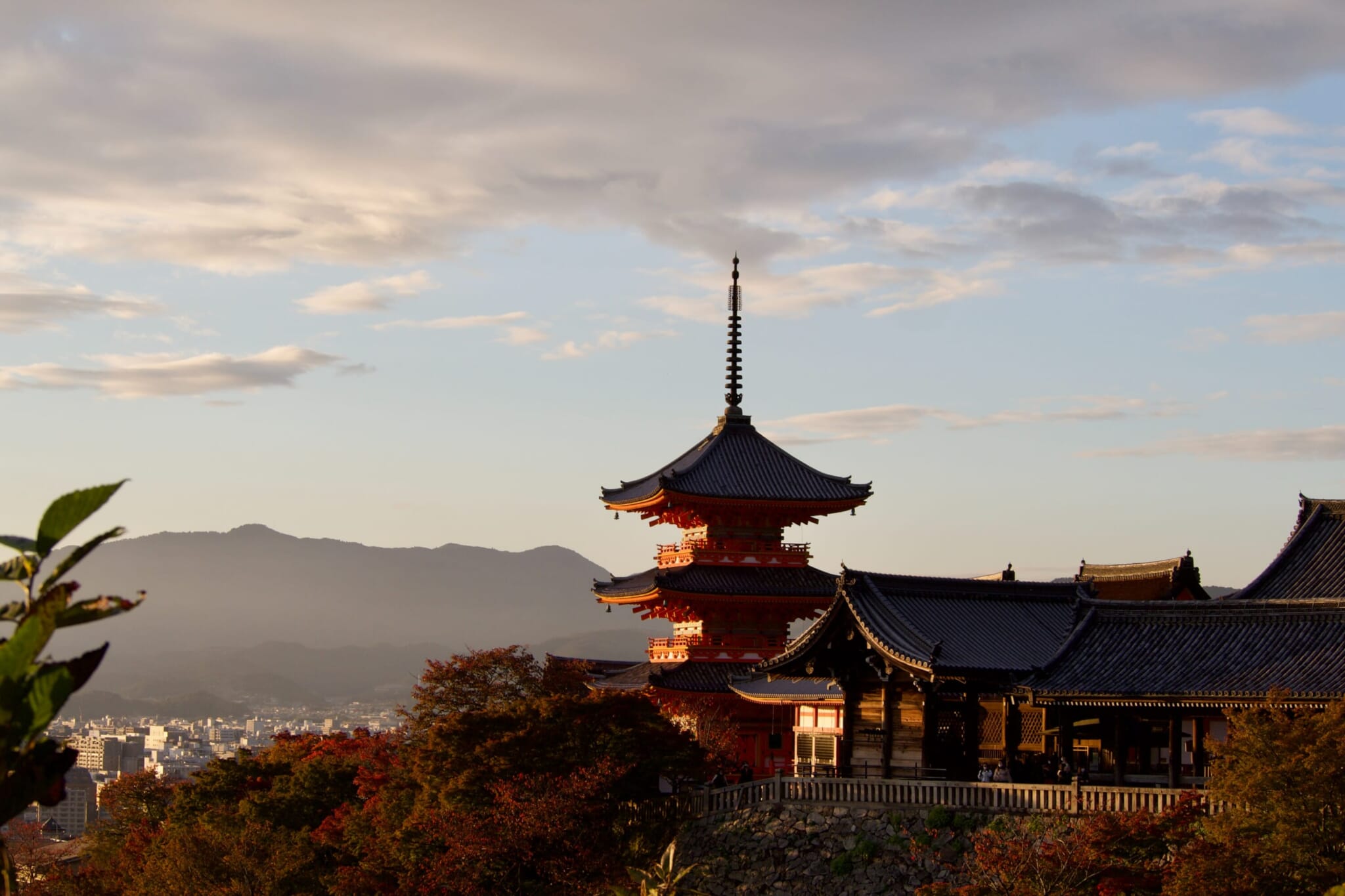
Photo by Rye Cedlux on Unsplash
Kyoto Staple: Kiyomizu-dera Temple
You may well know Kiyomizu-dera Temple without realizing it. A certified UNESCO site, Kiyomizu-dera has a 13-meter-high platform that overlooks the leafy hills of Kyoto. The 1,200-year-old site offers one of Japan’s most beautiful sunset views. For anyone traveling to Kyoto for the first time — or the fifth, there’s no such thing as seeing too much of Kiyomizu-dera — visiting the most famous Buddhist temple in Kyoto, if not Japan, is a must.
When to Visit Kiyomizu-dera Temple
Come fall season, the view from Kiyomizu-dera Temple is second to none. At sunset and in the evenings, trees with changing colors light up as part of a seasonal illumination. If you’re traveling during the warmer months, you’d still be in luck. Kiyomizu-dera illuminations happen three times a year: fall, spring and summer.
For those who want to experience Kyoto at their own pace, having somewhere decent to stay is vital. To make the most of it, we recommend staying at the luxurious Hotel Okura Kyoto Okazaki Bettei. Learn more about the hotel and book your trip via the accommodation’s official website.

